How to create a CentOS virtual machine in VMware
Today I will share with you how to create a CentOS virtual machine in VMware. CentOS6.7 is an example to explain. You can also refer to this tutorial for CentOS7 version. The specific tutorial is as follows.
1、 Then open VMware, the main page is shown in the figure below. Click on the first box, "Create a new virtual machine".
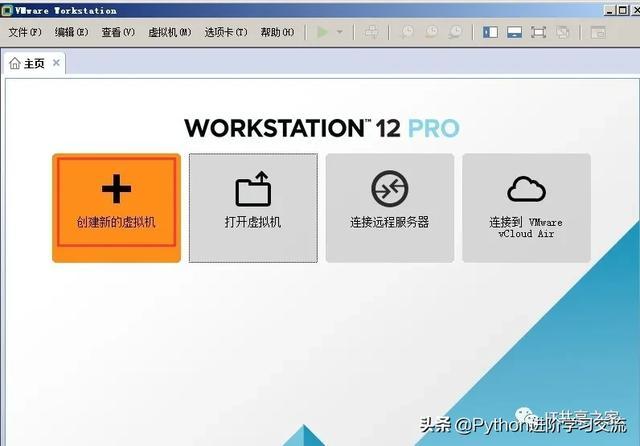
2、 The following interface pops up, select the second "Custom (Advanced)", and then "Next".
3、 This step is the default, just click "Next".
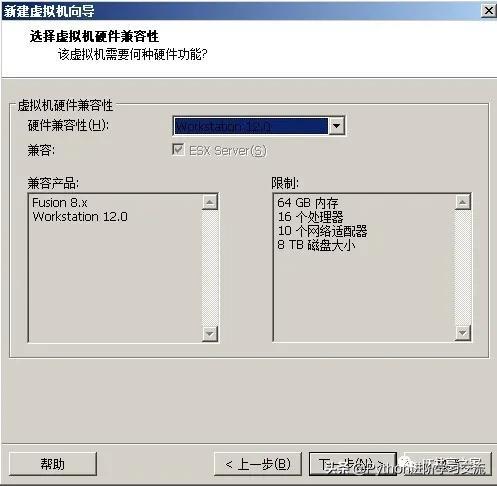
4、 Here click "Install the operating system later", and then select "Next".

5、 This step is to select the version. The guest operating system is selected as Linux by default, and the version is selected according to the number of bits of the computer. If the computer is a 64-bit system, choose CentOS64-bit, if it is 32-bit, just choose CentOS directly. If the selection here is incorrect, the system will be incompatible when the Ubuntu system is restarted later. After selecting the version, click to select "Next".
6、 The name and installation location of the virtual machine are displayed.
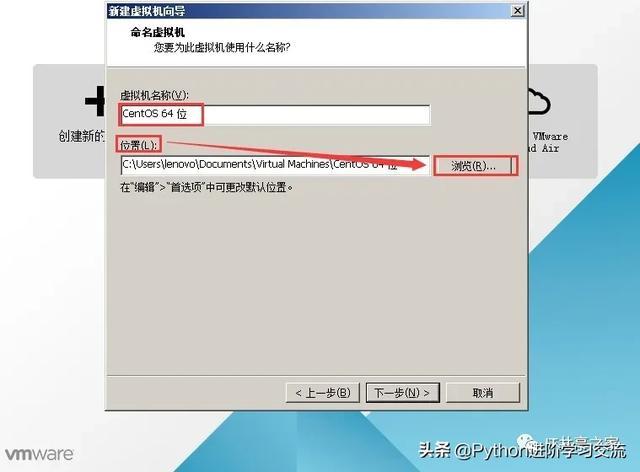
7、 The name of the virtual machine can be customized, so I won't go into details here. I will name it master here, which will be used as the management node of the cluster later. The virtual machine occupies a lot of memory, so it is not recommended to put it on the C drive. It is recommended to put it on another drive, and ensure that the space of the disk is at least larger than the size of the virtual machine. Here, I put the virtual machine on the E drive.
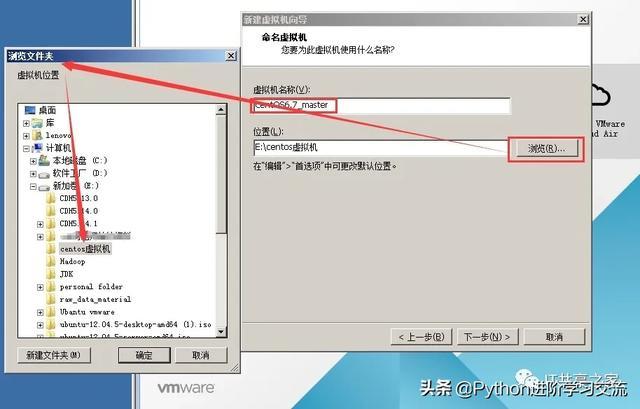
8、 The configuration of the processor. If you just want to use a virtual machine to practice your hands, if the requirements are not high, just default and select "Next".
9、 If the processing requirements are high, it needs to be allocated on demand. Here the editor will configure it to a higher level, because there are other uses in the later period, as shown in the figure below.
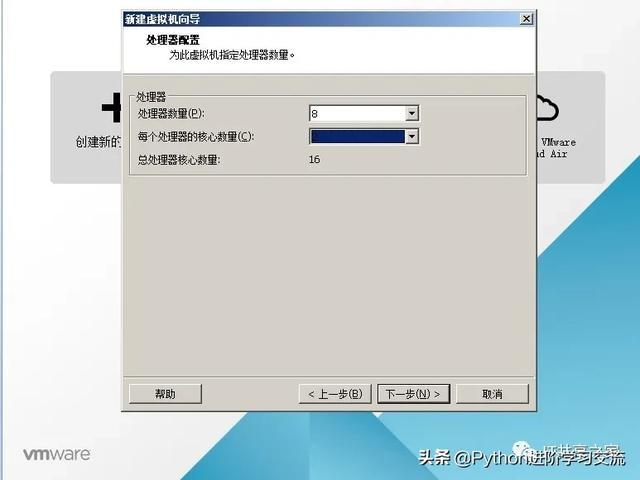
10、 The default virtual machine memory is 2G. Same as the previous step, if the requirements are not high, just default it. Here I chose 20G, you can choose according to your own requirements, to ensure that the disk size is sufficient, then select "Next".
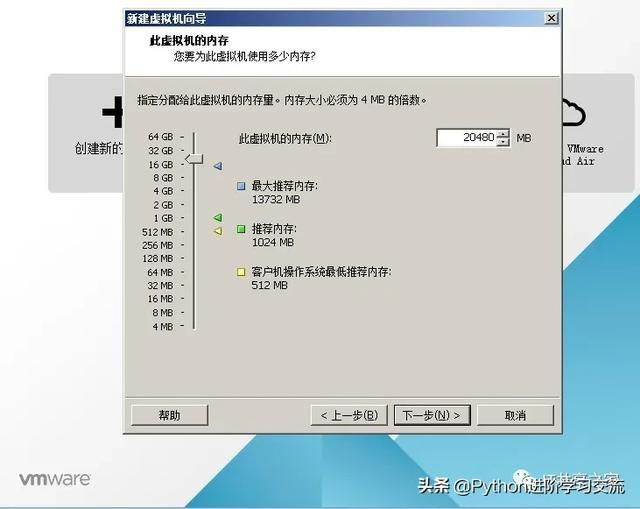
11、 For the network connection part, just default it directly, select NAT mode, and then select "Next".
12、 Select the I/O controller type, this step is the default, select the recommended type, and then select "Next".

13、 Generally, you can choose the recommended disk type. SCSI and SATA are the more popular disk types, and then select "Next".
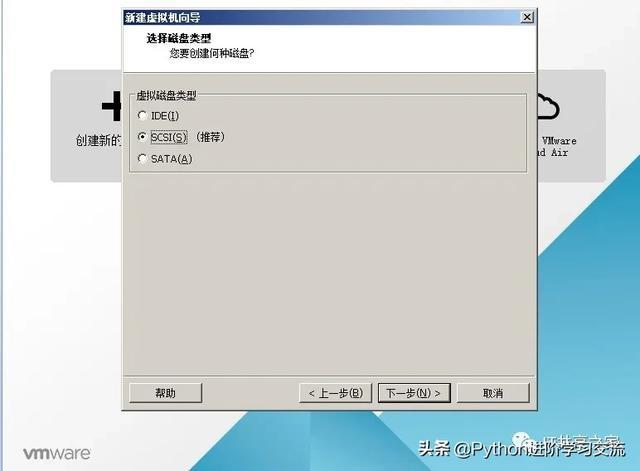
14、 Select the disk. It is recommended to select the first item, "Create a new virtual disk", and then select "Next". The maximum disk size in the next step is set to 20G by default, and the default is fine. It is also possible to select "Store the virtual disk as a single file", and some partners select "Split the virtual disk into multiple files".
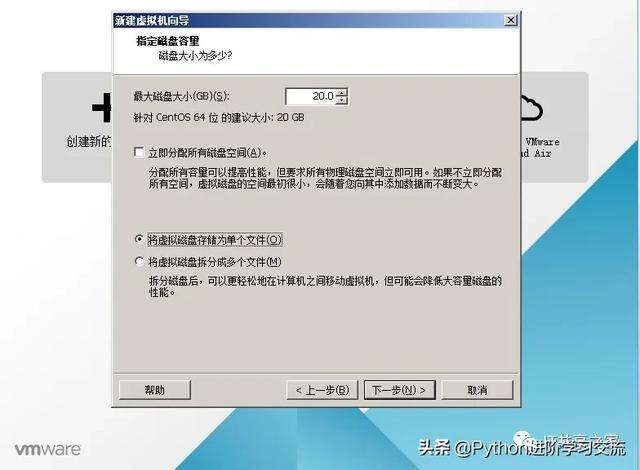
15、 Specify the disk file. This step is the default, and then select "Next".
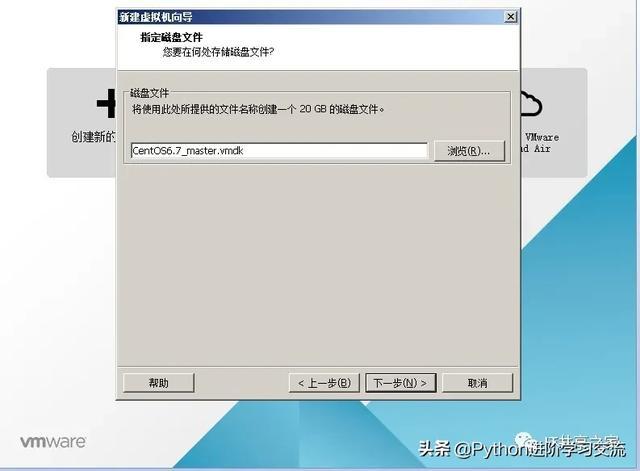
16、 Then the following interface will pop up, and then select "Finish".
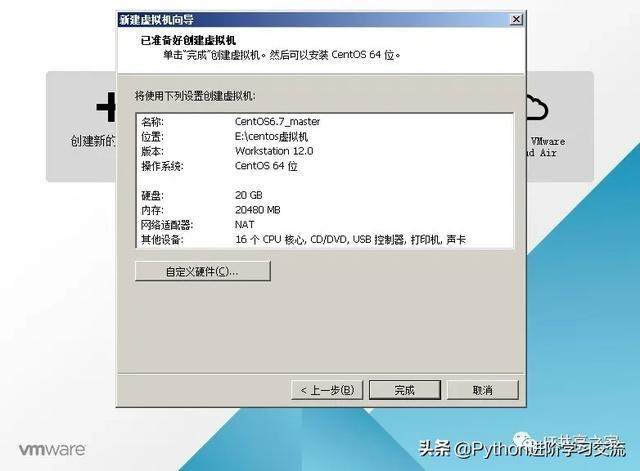
17、 At this point, the CentOS virtual machine is created, as shown in the following figure.
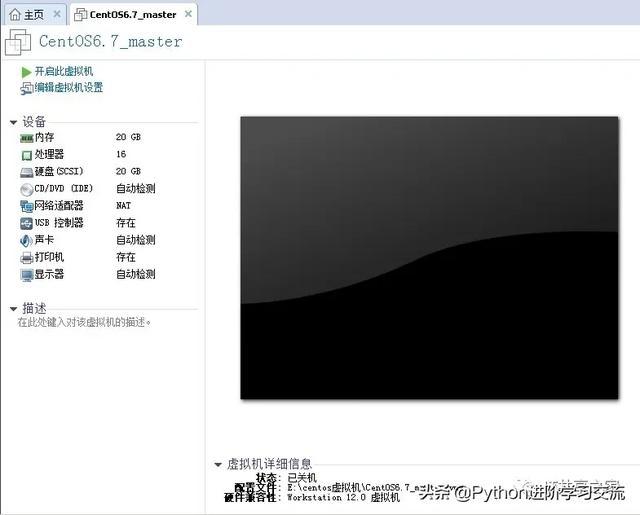
Then you can install the CentOS system in the VMware virtual machine, and start Linux.
If you want to learn more about Python web crawlers and data mining, you can go to the professional website: http://pdcfighting.com/
Recommended Posts